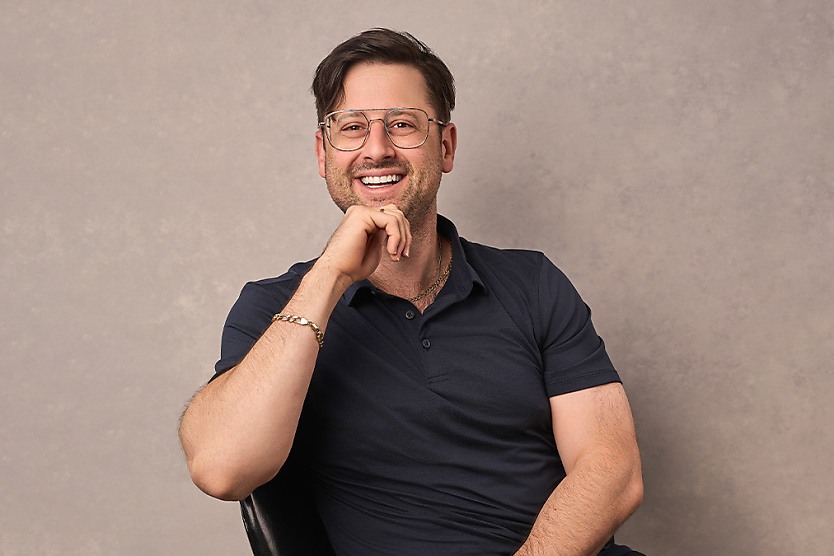Empowering creative teams to thrive in 2025
SHARE THIS ARTICLE

If there’s one thing I’ve learnt over the past 10 years, it’s this: great ideas come from confident, supported people. And building that confidence starts at the top, writes Gary Tenenbaum.
When my co-founder and I launched our digital growth consultancy from my mum's rumpus room a little over a decade ago, we had no idea what building and scaling a business would really take.
We knew how to hustle and back ourselves – but leading people through rapid growth, complexity and change has taught me far more than any business book ever could.
In 2025, leaders face a new challenge – not just retaining great people but helping them truly thrive.
For creative businesses, this means designing environments that fuel curiosity, collaboration, and autonomy, while also providing enough structure to support clarity and momentum.
Structure sparks creativity
Early on, we kept things flat and flexible. It worked until it didn’t.
As we grew, the lack of structure slowed decision making and blurred accountability. Creativity began to suffer.
We soon shifted to a team setup, with clear project ownership and flexible departments to scale with client needs. As leaders, we weren't there to control but to set direction and remove roadblocks. This gave everyone the space to experiment, move fast and feel confident in their decisions.
Creativity needs room to breathe, but also guardrails to keep it focused. When people know where they’re heading and what’s expected of them, they produce work with purpose.
Design for agility, not speed
In fast-paced environments, it’s tempting to equate speed with progress. But when teams are in constant reactive mode, burnout and rework are sure to follow.
Agility is different. It’s about responsiveness and adaptability. We build cross-functional teams (creatives, strategists, advertisers, and technologists) that collaborate in short sprints, share ownership, and implement feedback quickly. Clear responsibilities with minimal hierarchy keep momentum high without any confusion.
Rather than rushing, this approach has sped up projects by improving flow and keeping everyone aligned.
Empower through trust and tools
Real empowerment starts with trust, which means backing people to make decisions, take risks and grow in ways that matter to them.
We introduced a personal learning fund, giving everyone a budget to invest in their own development. We also set aside ‘learning hours’ every Friday, where we encourage no meetings and no distractions. These changes, though simple, have transformed how people show up. Morale, energy, and retention have all improved.
Get your foundations right
Behind every high-performing team is a solid operational foundation. For us, this includes streamlined onboarding, simple and consistent systems and rituals that reinforce our values. These include weekly ‘Traffic Lights’ and ‘Project Postjects’ to reflect on recently delivered work. We also have a ‘BELLA’ Slack channel where we shout out key wins of all shapes and sizes.
What really drives performance
People don’t thrive on perks, they thrive on purpose, progress and feeling proud of what they create. As leaders, our job is to remove the barriers that get in their way and build an environment where they can consistently do their best work.
Gone are the days of a one-size-fits-all approach to management.
In today’s world, we know that each team member is motivated by a different set of drivers. As managers, our job is to understand them and do our best to create an environment conducive to personal ambitions and growth.
Culture isn’t built in offsites or slogans. While these may help, real culture comes from the systems, feedback loops and everyday trust we extend to our teams.
If there’s one thing I’ve learnt over the past 10 years, it’s this: great ideas come from confident, supported people. And building that confidence starts at the top.
Gary Tenenbaum is the co-founder and head of operations at TAG.
RELATED TERMS
The goal of team building is to instil a culture of interdependence and trust among employees so that they feel appreciated for the work they do and appreciate what others bring to the table. Although this may be implemented as a training programme, it mainly depends on morale and company culture to develop a long-lasting, maintained feeling of team.
